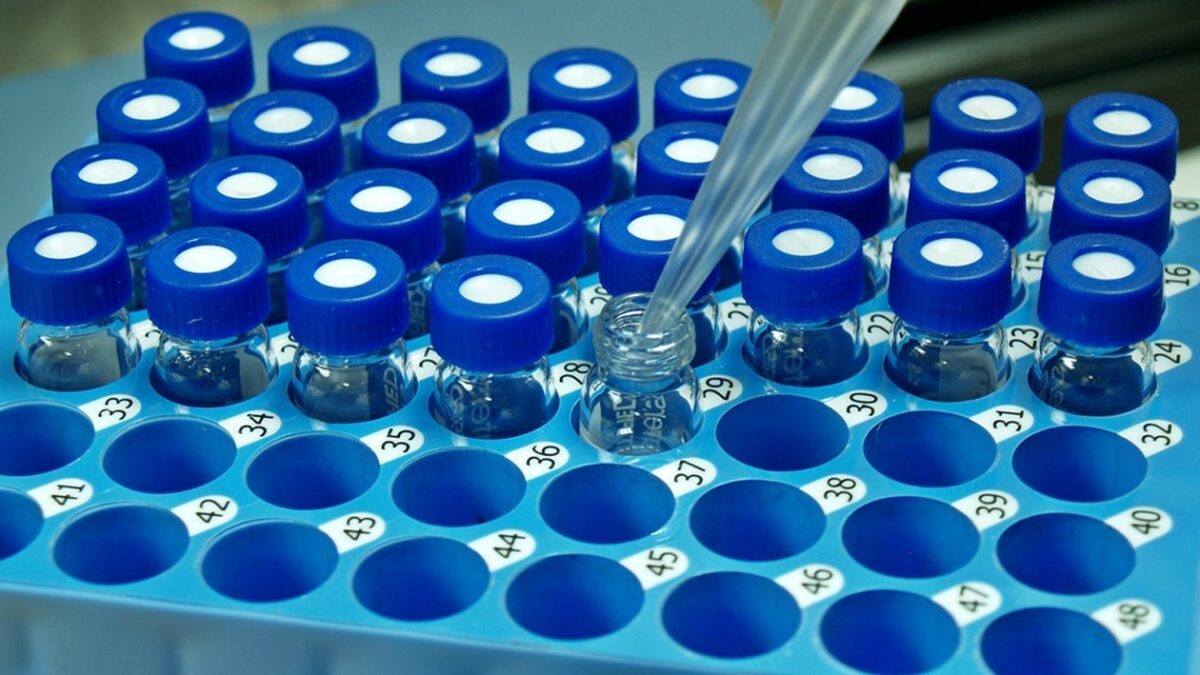LC-MS method is now a routinely employed technique in clinical and biological research. LC-MS instruments are HPLC assays coupled with MS detection units. It has a wide range of applications in clinical research, and the addition of tandem MS and an isotope internal standard facilitate accurate and sensitive detection of analytes. Moreover, the advent of reliable and affordable LC-MS instruments has opened the gate for smaller bioanalytical companies to consider the use of LC-MS in routine bioanalysis.
The coupling of HPLC assays with MS detector units was an obvious extension. But, this extension was relatively incompatible during the earlier years. However, the scenario changed with the advent of the electrospray ion source. Once the incompatibility around earlier MS ion sources was dissolved, several manufacturers began developing these newer instruments to analyze proteins and peptides. So let us dive deep into the working of LC-MS instruments for quantitative analysis of biological samples.
Instrumentation for mass spectrometers
Mass spectrometers, the detection unit of lc ms analysis systems, is a crucial component of the LC-MS technique. MS detector units convert analytes into charged states. The units then assess the subsequent ions based on their mass to charge ratio. Several types of ionization and ion analysis instruments are available for LC-MS analysis. This availability creates several different combinations of ionization instruments and mass analyzers. Some combinations are more efficient than others. The primary type of mass analyzers and ion sources used in clinical settings are:
- Mass analyzers – Quadrupole analyzers, Time-of-flight analyzers, Ion trap analyzers, and Hybrid analyzers
- Ion sources – Electrospray ionization source, Atmospheric pressure chemical ionization source, and Atmospheric pressure photo-ionization.
Quantitative analysis using LC-MS method
Current LC-MS ion sources work with different mobile phases and flow rates. Hence, LC instruments can be directly coupled with MS detectors. However, generated data from LC-MS analysis depends on optimizing several assay parameters. The modifications of LC-MS parameters can enhance assay performance and provide better study results. These parameters include flow rate, mobile phase, and resolution and throughput.
Numerous factors can affect the response of absolute MS. Factors such as ion source, ion suppression, and collision cell pressure change daily, and controlling these factors can be difficult. Thus, generally, quantitative analysis using absolute MS responses is very challenging.
Researchers usually use internal standards for reliable quantitative data to overcome this challenge. Out of several internal standards, isotopic versions of the analytes of interest are generally preferred during analysis. Stable isotopes are identical and can be easily detected during LC-MS analysis. Moreover, they adjust any inefficiencies or losses during sample preparation and take care of ion suppression.
However, special care needs to be taken with isotopically labeled internal standards. This concern is because the standards need to be 100% pure and have a similar molar response during the phases of drug development . Despite using stable isotope internal standards, calibration plots are still required for accurate quantitation results.
Conclusion
LC-MS methods have started replacing traditional immunoassays in several bioanalytical laboratories. But it is also true that if sponsors want to develop newer innovations around LC-MS analysis, they should focus more on thorough LC-MS method development and validation. Although the initial costs are relatively high-priced, the LC-MS technique is considerably reasonable for the long-term analysis of biological samples.


